A Brief History of Funeral Food
The History of Funeral Food
Throughout history, food has played a significant role in funeral traditions across cultures. Funeral feasts were observed in ancient Egyptian and Roman funeral customs. Recently, archaeologists unearthed evidence suggesting the world's oldest funeral feast, dating back a remarkable 12,000 years.
Even in times of loss, the necessity of sustenance endures. The act of providing and sharing food represents a fundamental human connection. It serves as a poignant way to convey sympathy to the person preparing the meal, particularly in today's fast-paced world where homemade meals have become increasingly rare. For the recipient, it alleviates one burden during a challenging period.
The custom of offering food as a gesture of condolence transcends cultural and religious boundaries and has endured for millennia.
Historical Perspectives on Funeral Food:
In colonial America, particularly among German and British settlers, a tradition emerged where individuals would consume molasses cookies or funeral biscuits and imbibe alcoholic beverages while proceeding from the church to the gravesite. This practice resembled a form of communion. These cookies, similar in size and shape to modern-day cookies, bore stamped symbols like crosses, hearts, death's heads, or cherubs on their surfaces.
During the Victorian Age in Britain, funeral biscuits gained prominence. Local bakeries advertised their ability to swiftly produce cookies when a sudden death occurred. These cookies were often intricately wrapped, featuring printed Bible verses. These wrappings, akin to church holy cards, served as mementos for remembering the deceased. They eventually evolved into death notices, distributed among friends and family members as announcements and sources of comfort.
In the Hindu faith, it is customary to offer baskets of fruits or vegetables to grieving families.
New Orleans sees jambalaya as the preferred funeral food.
Among the Amish, a raisin-filled funeral pie is a traditional offering.
In the American South, comforting classics like fried chicken and macaroni and cheese are commonly provided.
In Sweden, Funeral Glogg is used for toasting the departed.
The Midwest is renowned for its classic funeral hot dishes and casseroles.
Utah and Idaho have their signature dish: Funeral potatoes. Initially a common side dish at Mormon after-funeral gatherings, funeral potatoes have since become popular for various events.
What Foods to Bring to a Grieving Family
Timeless Classics: Offer foods like meat and potatoes, spaghetti and meatballs, macaroni and cheese, and pizza, as these are universally enjoyed. Always consider any dietary restrictions of the grieving family and opt for mild flavors to cater to diverse palates.
Disposable Convenience: Recognize that grieving families may lack the time and energy for dishwashing. Include paper plates, cups, and plastic cutlery to facilitate easy cleanup.
Groceries in Need: If you are unable to cook, drop off essential groceries. Items such as milk, eggs, bread, and chocolate are thoughtful choices to assist the grieving family.
Microwave-Friendly Fare: Prepare food that can be easily reheated. Microwave-friendly options will be greatly appreciated, enabling the family to eat when they feel ready.
The history of funeral food reveals the enduring significance of this tradition in times of loss. Whether rooted in ancient rituals or modern customs, providing nourishment and comfort through food remains a heartfelt gesture of support and empathy.

